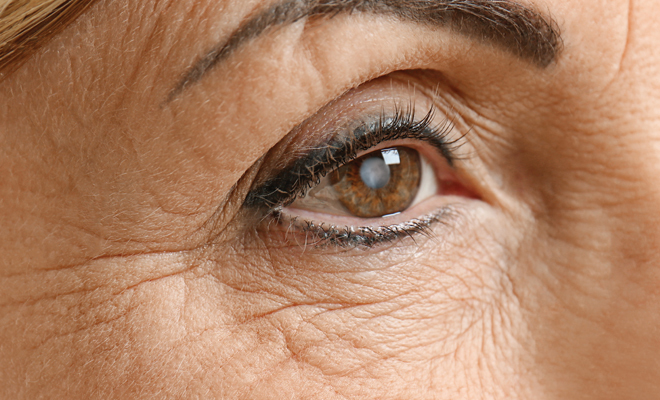
Cataract Definition and Treatment
Q. What is a cataract?
A. A cataract is the clouding of the lens inside the eye. This is a natural part of aging and most people over the age of 55 have some degree of cataract. When an individual has cataract, there is less light entering the eye and thus images appear blurry. Vision from a cataract has been described as like looking through a frosted window. Objects become blurred; colors become dull and nighttime vision becomes very difficult with glare, halos
and starbursts.
Q. Who gets a cataract?
A. Everybody will get a cataract at some point in their lives. Usually cataracts start in the late 50s and progressively get worse as you age. Most of my cataract surgery patients are in their late 60s to early 70s. Diabetics tend to develop cataract at an earlier age, and most diabetics will need surgery in their early 60s. There are some children that are born with cataract, called congenital cataract. Others can develop cataract after trauma to the eye.
Q. How do you treat a cataract?
A. The only way to treat blurry vision from cataract is surgery. Cataract surgery is one of the most commonly performed surgeries in the United States. It is also one of the safest surgeries performed.
Q. What should I expect from the procedure?
A. Cataract surgery is a very simple and quick outpatient procedure. Prior to surgery, measurements are performed in the office. We use these measurements to pick the perfect intraocular lens implant that is tailored to your eyes. On the day of surgery, you will be given local sedation prior to the procedure. The actual surgery only takes ten minutes to perform. You are taken to the post-operative area and then discharged home. Most patients experience good vision very soon after the procedure; however, it may take several days for the vision to be perfect.
Q. What type of lenses do you use?
A. There are different types of intraocular lenses that can be used. Confocal lenses will correct your vision for distance but you will need reading glasses after surgery. Toric lenses are used to correct distance vision in patients with astigmatism. You will also need reading glasses if you choose a toric lens. The third type of lens is a multifocal lens. These lenses are designed to help you see at distance and up close without the need for glasses. Seventy-eight percent of people in a clinical study reported complete freedom from glasses.
Q. Can A cataract come back?
A. Once a cataract has been removed it cannot return. However, a small percentage of patients may experience cloudiness months to years after cataract surgery. This is called a secondary cataract and it can easily be treated with a simple laser procedure in the office. ■
Written by: Ramsey Elhosn, MD
Ramsey Elhosn, MD, Director of Elhosn Eye & Aesthetics in Albany, New York, is a committed surgeon with exceptional training in the art of ophthalmic surgery and facial aesthetic medicine. He dedicates 100 percent of his practice to the eyes and face, and has more than ten years of experience performing ophthalmic surgery and facial aesthetic procedures. After completing a bachelor of science at the University of North Carolina, he went on to the George Washington University School of Medicine. His surgical training began at the University of Maryland in ophthalmic surgery. Dr. Elhosn’s specializations include LASIK/PRK, cosmetic eye procedures, facial aesthetic procedures and the ICL surgical procedure for individuals with extreme myopia. Dr. Elhosn believes the goal of aesthetic medicine is to create a marked improvement while maintaining a natural look that’s refreshed and healthy with optimal balance and symmetry. Contact Elhosn Eye & Aesthetics at elhosneye.com or 518-487-4200.







